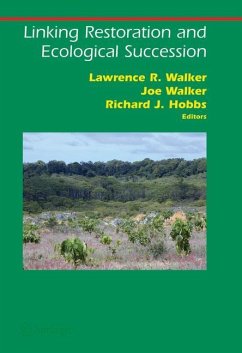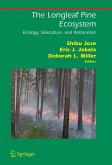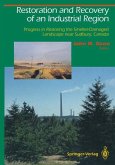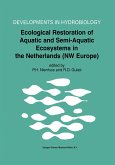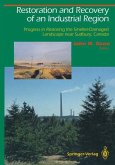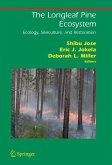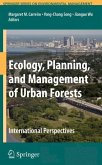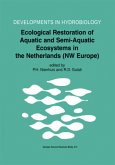While studies of restoration and ecological succession have been published independently, there is much overlap between these approaches that has not been adequately explored. Linking Restoration and Ecological Succession integrates practical information from restoration projects around the world with the latest developments in successional theory.
This innovative book recognizes the critical roles of disturbance ecology, landscape ecology, ecological assembly, invasion biology, ecosystem health, and historical ecology in habitat restoration and argues that restoration within a successional context will best utilize the lessons from each of these disciplines.
To successfully restore an ecosystem that needs minimal care, the temporal dynamics of successional processes must be considered. By re-examining restoration in the light of succession, the authors hope to encourage the development of new approaches to the practice of restoration supported by solid ecological principles.
This innovative book recognizes the critical roles of disturbance ecology, landscape ecology, ecological assembly, invasion biology, ecosystem health, and historical ecology in habitat restoration and argues that restoration within a successional context will best utilize the lessons from each of these disciplines.
To successfully restore an ecosystem that needs minimal care, the temporal dynamics of successional processes must be considered. By re-examining restoration in the light of succession, the authors hope to encourage the development of new approaches to the practice of restoration supported by solid ecological principles.
From the reviews: "Linking restoration and ecological succession successfully convinces the reader that the concepts and theories of succession should be considered in restoration science and during the planning and implementation of restoration projects. ... Overall, the book is a nice contribution to restoration sciences. ... I would consider this text relevant to all restoration practitioners and restoration scientists should have a copy of the book sitting on the shelf for reference." (Randy Kolka, Ecology, Vol. 89 (3), 2008) "The present book tries to examine the ties between theory and practice of succession and restoration in more depth. The book is divided into eight chapters. Each chapter starts with three to four key points summarizing its objectives. ... I would highly recommend this book for introductory reading on the subject. ... provide good input papers into seminars on Ecological Restoration at the Masters and Ph.D. level." (Gerhard Wiegleb, Basic and Applied Ecology, Vol. 9, 2008)

